Ever wondered why some marketing campaigns explode with success while others fizzle out? Performance marketing is the secret weapon that top brands use to supercharge their results. Imagine transforming your marketing efforts into a finely-tuned machine where every dollar spent delivers measurable results. That’s the power of performance marketing.
Did you know that businesses investing in performance marketing see an average increase of 30% in ROI? According to a recent report by mckinsey, companies focusing on performance-based strategies have outperformed their competitors in both engagement and conversion rates. This isn’t just a trend—it’s a revolution in how we approach marketing.
Why should you care? Because traditional marketing methods are becoming obsolete. The digital landscape demands a new approach, one that is data-driven, results-oriented, and adaptable. Performance marketing offers just that, allowing businesses to track, measure, and optimize their campaigns in real time.
In this comprehensive guide, we’ll explore how performance marketing can transform your marketing strategy, delve into cutting-edge tactics, and provide actionable insights to drive your business forward. From mastering PPC campaigns to leveraging influencer partnerships and navigating the latest trends, you’ll gain the knowledge you need to excel.
Ready to revolutionize your marketing efforts and achieve explosive growth? Let’s dive in and unlock the full potential of performance marketing.
Table of Contents
Understanding Performance Marketing
Performance marketing is a comprehensive term that encompasses various online marketing strategies where advertisers pay only when a specific action is completed.
These actions can range from clicks and impressions to leads, sales, or any other desired outcomes. The core principle behind performance marketing is its accountability and measurability, making it a highly attractive option for businesses looking to maximize their marketing budgets.
In contrast to traditional marketing methods, performance marketing offers a data-driven approach, allowing businesses to track and analyze their campaigns’ performance in real time.
This level of transparency enables marketers to make informed decisions, optimize their strategies, and allocate resources more effectively.
By focusing on tangible results, performance marketing ensures that every dollar spent contributes directly to achieving the desired outcomes.
Key Benefits of Performance Marketing
The rise of digital technologies and the internet has played a crucial role in the evolution of performance marketing. With the advent of advanced analytics tools, tracking systems, and sophisticated algorithms, businesses can now gain deeper insights into consumer behavior and preferences.
This wealth of data has empowered marketers to create highly targeted campaigns that resonate with their audience and drive meaningful engagement. Performance marketing encompasses various channels and tactics, including search engine marketing (SEM), social media advertising, affiliate marketing, email marketing, and more.
Each of these channels offers unique opportunities and challenges, allowing businesses to tailor their strategies to suit their specific goals and objectives. By leveraging the strengths of each channel, marketers can create a holistic performance marketing strategy that maximizes their reach and impact.
Key Components and Strategies of Performance Marketing
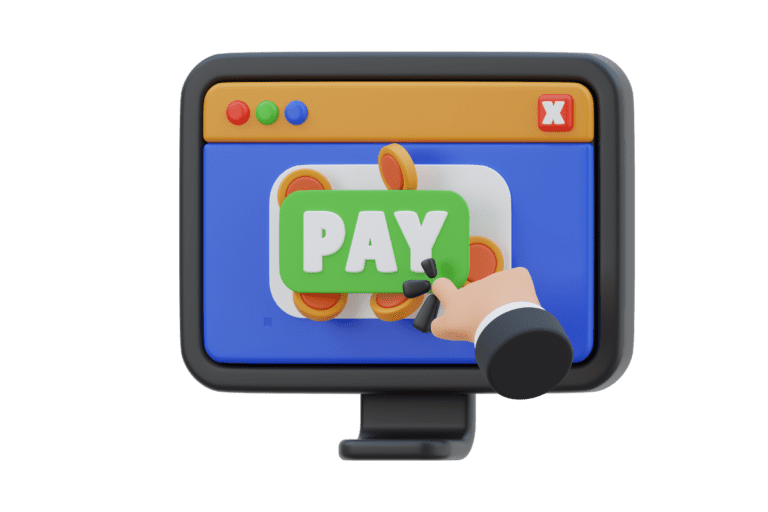
Pay-Per-Click (PPC) advertising is one of the most widely used performance marketing strategies. It involves placing ads on search engines or other platforms and paying a fee each time the ad is clicked.
PPC campaigns can be highly targeted, allowing businesses to reach potential customers based on keywords, demographics, interests, and geographic location. This precision targeting helps ensure that the ads are seen by the most relevant audience, increasing the likelihood of conversions.
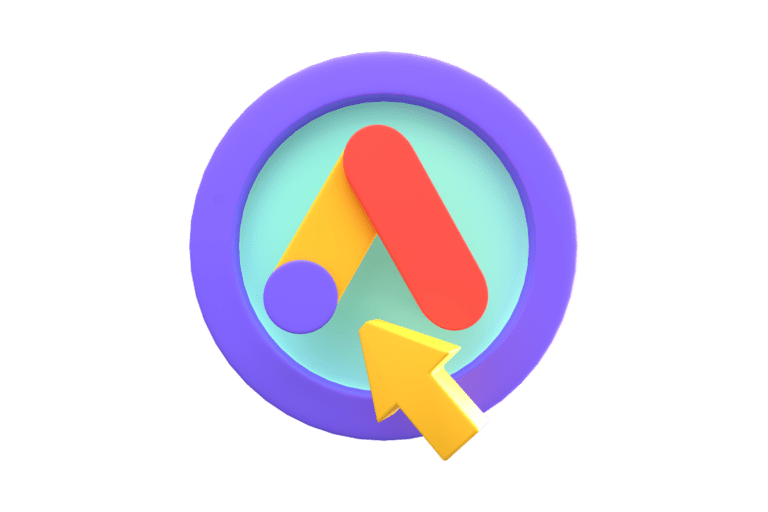
Google Ads
Google Ads is the leading PPC advertising platform, allowing businesses to display ads on Google’s search engine results pages (SERPs), YouTube, and other partner sites. With Google Ads, businesses can create text ads, display ads, shopping ads, and video ads to reach their target audience.
- Key Features of Google Ads
Keyword targeting: Businesses can bid on keywords relevant to their products or services, ensuring their ads appear when users search for those terms.
Ad Extensions: Google Ads offers various ad extensions, such as site links, call buttons, and location information, to enhance the visibility and functionality of ads.
Remarketing: This feature allows businesses to target users who have previously visited their website, increasing the chances of conversion.
- Benefits of PPC Advertising
Immediate Results: Unlike organic search efforts, PPC campaigns can drive traffic to a website almost instantly once the ads go live.
Measurable ROI: PPC platforms provide detailed analytics and reporting, enabling businesses to track the performance of their campaigns and measure ROI accurately.
Cost Control: Businesses have full control over their budgets and can adjust bids and spending based on performance.
- Challenges of PPC Advertising
Competitive Bidding: High competition for popular keywords can drive up costs, making it essential for businesses to continuously optimize their campaigns to maintain profitability.
Ad Fatigue: Over time, the same ads may become less effective as the audience becomes familiar with them, requiring regular updates and fresh creative content.
- Solutions to PPC Advertising Challenges
Optimizing Campaigns: Continuously monitor and adjust bids, ad placements, and targeting parameters to stay competitive. Use tools like Google’s Keyword Planner and Facebook’s Audience Insights to refine your keyword and audience strategies.
A/B Testing: Regularly test different ad creatives, headlines, and calls to action to identify what resonates best with your audience. Implement changes based on performance data to keep your ads fresh and engaging.
Budget Management: Allocate budgets dynamically based on the performance of different campaigns and keywords. Use automated bidding strategies and set bid limits to control costs while maximizing ROI.
Ad Rotation: Implement ad rotation settings to ensure a variety of ads are shown, reducing ad fatigue and keeping the audience engaged. Regularly update ad creatives with new designs, offers, and messaging to maintain interest.
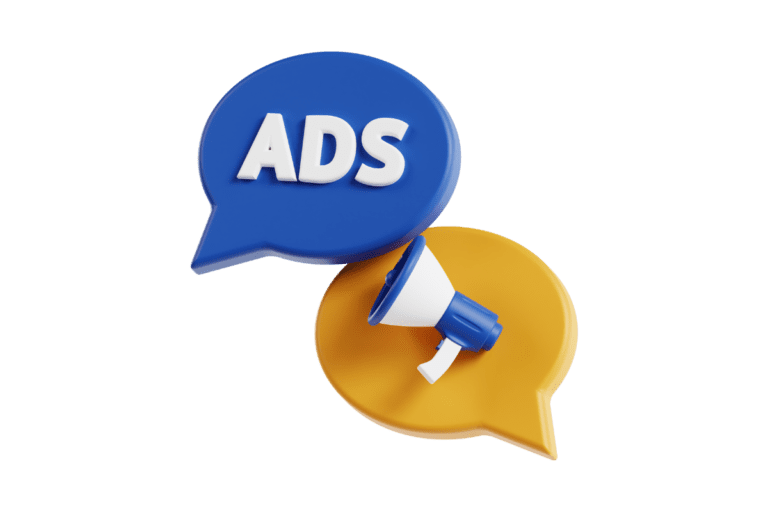
Facebook Ads
Facebook Ads is another powerful PPC advertising platform, offering businesses the ability to target users on Facebook, Instagram, Messenger, and the Audience Network. Facebook Ads are highly visual and can be tailored to various campaign objectives, such as brand awareness, lead generation, and conversions.
- Key Features of Facebook Ads
Audience Targeting: Facebook Ads provides advanced targeting options, including demographics, interests, behaviors, and custom audiences based on website visitors or customer lists.
Ad Formats: Businesses can choose from various ad formats, such as image ads, video ads, carousel ads, and collection ads, to create engaging and interactive campaigns.
Analytics and Insights: Facebook Ads Manager offers detailed analytics and performance metrics, allowing businesses to track the success of their campaigns and make data-driven adjustments.
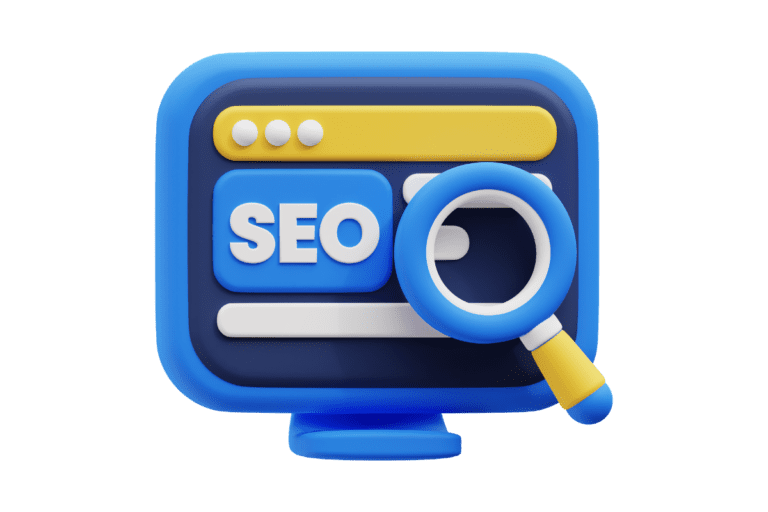
While SEO is often considered a long-term strategy, it plays a crucial role in performance marketing by driving organic traffic to a website. SEO involves optimizing a website’s content, structure, and technical aspects to improve its visibility in search engine results pages (SERPs).
By achieving higher rankings for relevant keywords, businesses can attract more qualified traffic and increase the likelihood of conversions.
- Key SEO Strategies
Keyword Research: Identifying and targeting the right keywords that potential customers are using to search for products or services.
On-Page Optimization: Ensuring that website content, meta tags, headers, and URLs are optimized for search engines.
Content marketing: creating high-quality, relevant content that engages and informs the audience while incorporating targeted keywords. Acquiring high-quality backlinks from reputable websites to boost domain authority and search engine rankings.
- Benefits of SEO
Cost-effective: Once properly implemented, SEO can provide long-term benefits without the ongoing costs associated with PPC advertising.
Increased Credibility: Higher search engine rankings can enhance a brand’s credibility and trustworthiness in the eyes of consumers.
- Challenges of SEO
Time-consuming: SEO requires consistent effort and time to see significant results, making it less suitable for businesses seeking immediate outcomes.
Algorithm Changes: Search engines frequently update their algorithms, requiring businesses to stay informed and adapt their strategies accordingly.
- Solutions to SEO Challenges
Consistent Effort: Develop a long-term SEO plan and stick to it. Regularly update your website with fresh content, optimize existing content, and ensure technical aspects are in order. Patience and persistence are key to seeing results.
Stay informed: Keep updating yourself about algorithm changes by following industry blogs, attending webinars, and participating in SEO forums. Adapt your strategies based on new information and best practices to maintain and improve your rankings.
Holistic Approach: Combine on-page and off-page SEO efforts. Focus on creating high-quality, engaging content that naturally attracts backlinks and improves user experience. Use tools like Google Analytics and Google Search Console to monitor performance and identify areas for improvement.

3. Social Media Advertising
Social media platforms offer a wealth of opportunities for performance marketing, allowing businesses to reach their target audience through highly targeted ads.
Platforms like Facebook, Instagram, Twitter, and LinkedIn provide sophisticated targeting options based on demographics, interests, behaviors, and more. Social media advertising can drive traffic, generate leads, and increase sales by engaging users in a more interactive and personalized manner.
- Benefits of Social Media
Targeted Reach: Advanced targeting options ensure that ads are shown to the most relevant audience, increasing the chances of conversions.
Engagement: Social media ads can drive engagement through likes, shares, comments, and direct interactions, fostering a sense of community and brand loyalty.
Visual Appeal: The visual nature of social media platforms allows businesses to create eye-catching ads that capture the audience’s attention.
- Challenges of Social Media Advertising
Ad Fatigue: Similar to PPC advertising, social media ads can suffer from ad fatigue, requiring businesses to continuously refresh their creative content.
Platform Changes: Social media platforms frequently update their algorithms and ad policies, necessitating constant adaptation and strategy adjustments.
- Solutions to Social Media Advertising Challenges
Creative Refresh: Regularly update your ad creatives to keep them fresh and engaging. Experiment with different formats, visuals, and messaging to see what resonates best with your audience.
Audience Segmentation: Segment your audience and tailor your ads to different groups based on their interests, behaviors, and demographics. This personalized approach can help reduce ad fatigue and improve engagement.
Stay Informed: Keep up with platform updates and best practices by following official blogs, attending webinars, and participating in industry communities. Adapt your strategies based on new features and changes to stay ahead of the competition.
Test and Optimize: Continuously test different ad variations and use data-driven insights to optimize your campaigns. Monitor performance metrics like click-through rates (CTR), conversion rates, and engagement to identify what works best.
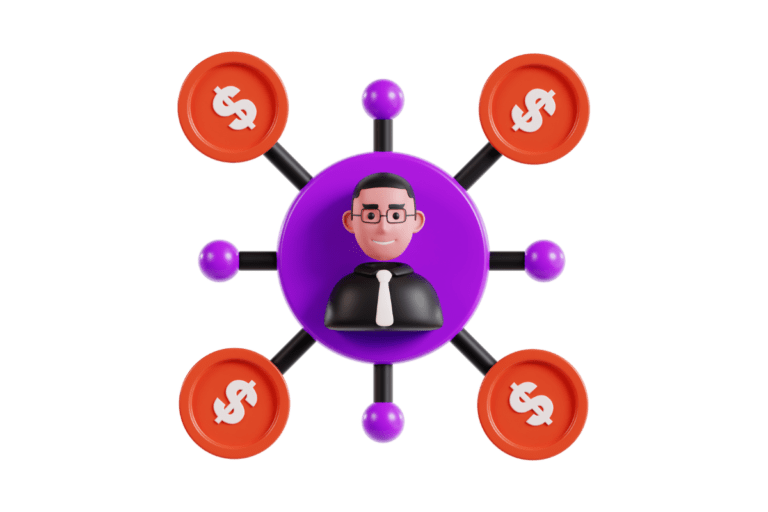
4. Affiliate Marketing
Affiliate marketing involves partnering with third-party affiliates who promote a business’s products or services in exchange for a commission on sales or leads generated. This performance-based model allows businesses to expand their reach and leverage the efforts of affiliates to drive conversions. Affiliate marketing can be highly effective in reaching niche markets and tapping into new customer segments.
Cost-effective: Businesses only pay for actual results, making affiliate marketing a cost-effective strategy with minimal upfront investment.
Extended Reach: Affiliates can help businesses reach new audiences and markets that may be difficult to access through other channels.
Performance-Based: The performance-based nature of affiliate marketing ensures that businesses only pay for tangible outcomes, such as sales or leads.
- Challenges of Affiliate Marketing
Quality Control: Ensuring that affiliates adhere to brand guidelines and promote products in an ethical manner can be challenging.
Commission Management: Managing commissions and tracking affiliate performance requires robust tracking systems and clear communication with affiliates.
- Solutions to Affiliate Marketing Challenges
Clear Guidelines: Provide affiliates with clear guidelines and expectations regarding brand messaging, promotional methods, and ethical standards. Regularly communicate with affiliates to ensure they understand and follow these guidelines.
Quality over quantity: Focus on recruiting high-quality affiliates who have a proven track record and align with your brand values. Use vetting processes and performance metrics to select the best partners.
Tracking and Reporting: Implement robust tracking and reporting systems to monitor affiliate performance and ensure accurate commission payments. Use tools like affiliate marketing platforms and CRM systems to streamline management and communication.
Incentives and Support: Offer incentives, training, and support to motivate affiliates and help them succeed. Provide marketing materials, product information, and regular updates to keep affiliates engaged and informed.
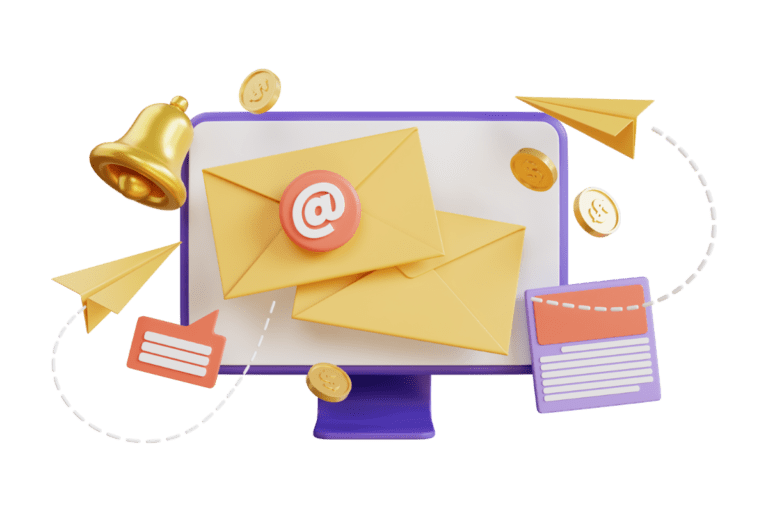
5. Email Marketing
Email marketing remains a powerful tool in the performance marketing arsenal, enabling businesses to nurture leads, engage customers, and drive conversions. By delivering personalized and targeted messages directly to the inboxes of potential and existing customers, email marketing can significantly impact customer retention and sales.
- Key Email Marketing Strategies
Segmentation: Dividing the email list into segments based on demographics, behavior, and preferences to deliver more relevant content.
Personalization: crafting personalized emails that address the recipient’s specific needs and interests.
Automation: using email automation tools to send timely and relevant messages based on user actions and behaviors.
- Benefits of Email Marketing
High ROI: Email marketing consistently delivers a high return on investment, making it a valuable strategy for businesses of all sizes.
Direct Communication: Emails provide a direct line of communication with customers, allowing businesses to build relationships and foster loyalty.
Measurable Results: Email marketing platforms offer detailed analytics, enabling businesses to track open rates, click-through rates, and conversions.
- Challenges of Email Marketing
Deliverability: Ensuring that emails reach the recipient’s inbox and do not end up in the spam folder can be challenging.
Content Overload: With the high volume of emails received by consumers, standing out and capturing attention requires creative and engaging content.
- Solutions to Email Marketing Challenges
Improving Deliverability: Use double opt-in methods to ensure a high-quality email list. Regularly clean your email list by removing inactive subscribers. Authenticate your email domain with SPF, DKIM, and DMARC to improve deliverability rates.
Engaging Content: Create compelling and valuable content that addresses the needs and interests of your audience. Use attention-grabbing subject lines, personalized greetings, and clear calls to action to increase engagement.
A/B Testing: Test different email elements such as subject lines, content, images, and send times to identify what works best for your audience. Use the insights gained to optimize future campaigns.
Automation and Segmentation: Leverage automation tools to send targeted and timely emails based on user behavior and preferences. Segment your audience to deliver more relevant content and improve engagement rates
Key Metrics Achieving Success in Performance Marketing
Measurable Results: Performance marketing allows you to track and measure every aspect of your campaign, providing clear data on what’s working and what isn’t.
Diverse Channel Utilization: Performance marketing isn’t limited to a single platform like Google Ads. It encompasses various channels including social media, affiliate marketing, email marketing, and more, providing a broader reach.
Cost Per Acquisition (CPA) Focus: While Google Ads often operates on a cost-per-click (CPC) or cost-per-impression (CPM) basis, performance marketing typically focuses on CPA, ensuring payment is made only when a desired action is completed.
Cost Per Acquisition (CPA) Focus: While Google Ads often operates on a cost-per-click (CPC) or cost-per-impression (CPM) basis, performance marketing typically focuses on CPA, ensuring payment is made only when a desired action is completed.
The Path to Success
By adopting a performance marketing mindset, businesses can transform their marketing efforts and achieve greater success. This involves setting clear goals, defining key performance indicators (KPIs), and optimizing campaigns based on real-time data. Embracing performance marketing not only enhances efficiency but also empowers businesses to build stronger connections with their audience, driving growth and achieving long-term
Strategies for Achieving Success in Performance Marketing
- Leveraging Affiliate Marketing
Strategy: Partner with affiliates who promote your products or services on a performance-based model, paying them a commission for each sale or lead they generate.
Example: An online bookstore partners with book bloggers and influencers, who share affiliate links to the store on their websites and social media channels. The bookstore pays a commission for each book sold through these links.
- Targeted Audience Segmentation
Strategy: Segment your audience based on demographics, behavior, interests, and location to tailor your marketing efforts more effectively.
Example: A fashion retailer segments its audience by age and gender, creating specific ad campaigns for different groups (e.g., trendy streetwear for young adults, business attire for professionals).
Utilizing Retargeting Campaigns
Strategy: Retarget users who have previously interacted with your website or ads but did not convert, using personalized ads to bring them back.
Example: An e-commerce site uses retargeting ads to show products that users previously viewed but didn’t purchase, offering a discount to entice them to complete the purchase.
- Optimizing Landing Pages
Strategy: Design high-converting landing pages that are relevant to your ads and provide a seamless user experience.
Example: A travel agency creates dedicated landing pages for different ad campaigns (e.g., beach vacations, mountain trips), ensuring each page has clear calls-to-action and relevant information.
- A/B Testing and Experimentation
Strategy: Conduct A/B testing on various elements of your campaigns, such as ad copy, images, and calls-to-action, to determine what works best.
Example: A software company tests two different headlines for its ads. One focuses on cost savings, while the other highlights ease of use. They analyze which ad performs better in driving sign-ups.
- Utilizing Multi-Channel Approaches
Strategy: Combine multiple marketing channels (e.g., social media, email marketing, SEO, and PPC) to create a cohesive strategy that maximizes reach and effectiveness.
Example: A fitness brand runs a coordinated campaign that includes social media ads, email newsletters, blog posts, and Google Ads to promote a new workout program.
Employing Advanced Analytics and Attribution
Strategy: Use advanced analytics and attribution models to track the performance of your campaigns and understand the customer journey.
Example: An online subscription service uses multi-touch attribution to identify which marketing channels and touchpoints (e.g., email, social media, direct traffic) contribute most to conversions, allowing them to allocate their budget more effectively.
Incentivizing Customer Referrals
Strategy: Create referral programs that incentivize existing customers to refer new customers by offering rewards or discounts.
Example: A meal kit delivery service offers a discount on future orders to customers who refer friends. Each friend who signs up also receives a discount on their first purchase.
Creating High-Quality Content
Strategy: Develop valuable and engaging content that attracts and retains your target audience, driving them towards conversion.
Example: A B2B software company publishes in-depth whitepapers, case studies, and blog posts that address industry pain points and showcase how their software can solve these issues.
Personalization and Dynamic Content
Strategy: Use personalized and dynamic content in your ads and emails to increase relevance and engagement with your audience.
Example: An online retailer uses personalized email campaigns that recommend products based on the customer’s browsing and purchase history, resulting in higher click-through and conversion rates.
Frequently Asked Question
Have a Glimpse
What types of businesses benefit most from performance marketing?
Performance marketing is beneficial for businesses of all sizes, from small startups to large enterprises. However, it is particularly effective for e-commerce businesses, lead generation companies, and any business looking to achieve measurable growth and ROI (Return on Investment) through their marketing efforts.
How do you measure the success of a performance marketing campaign?
Success is measured through various KPIs such as conversion rates, cost per acquisition (CPA), return on ad spend (ROAS), click-through rates (CTR), and overall return on investment (ROI). Advanced analytics tools and tracking software are used to monitor these metrics and optimize campaigns for better performance.
What are some common challenges in performance marketing?
Common challenges include tracking accuracy, attribution issues, ad fraud, maintaining ad quality, adapting to changing algorithms and policies on advertising platforms, and balancing short-term performance goals with long-term brand building.
How can I get started with performance marketing?
To get started, define clear goals and KPIs for your campaign. Choose the right performance marketing channels based on your target audience and business objectives. Implement robust tracking and analytics tools to monitor performance. Consider partnering with a performance marketing agency or using platforms that specialize in performance-based advertising. Regularly analyze the data to optimize and refine your campaigns for better results.
How do I identify the right audience for my performance marketing campaigns?
Identifying the right audience involves thorough market research and leveraging analytics tools to understand your target demographics, interests, and behaviors. Create detailed buyer personas and use targeted advertising to reach these specific segments. A/B testing and audience segmentation can also help refine your approach.
